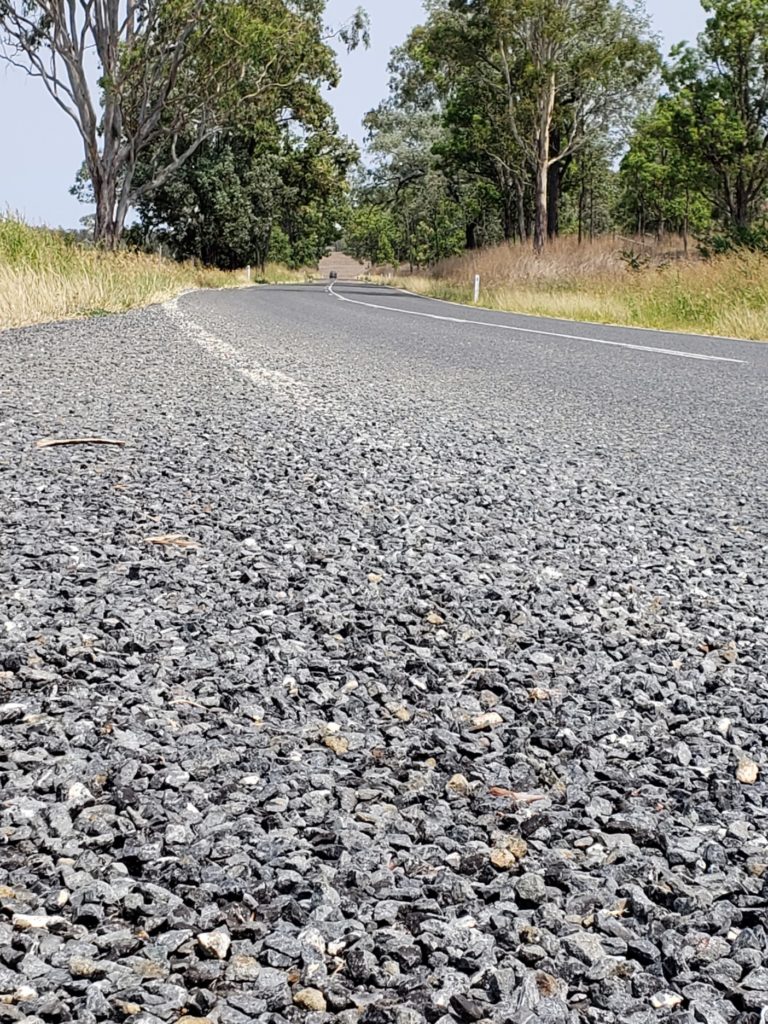
Back where I come from there are many words for the substance that comprises roads: asphalt, concrete, blacktop, pavement. But here the term of choice is ‘bitumen’. Asphalt and bitumen are essentially different terms for the same thing, but the process of laying an asphalt road in the US, so far as I understand, is different from the method used to install a bituminous road here. Installing an asphalt road involves putting down a layer of tar, followed by gravel, and then sealing it over with a thick layer of asphalt. Here in rural Queensland the process involves a thick layer of asphalt followed by a layer of gravel that is then rolled into the asphalt. The key differences that I’ve been able to discern are these: an asphalt road has the aggregate mixed right in with the bitumen, making the road surface smoother and more black, whereas with bitumen roads the gravel pieces are much more visible and the road is less smooth, and far more stony-gray. And while it saddens me deeply that the roads here are not, in fact, comprised of yellow bricks, as I had been lead to believe, it was just one of those little things that constantly reminded me that I was a long way from Kansas.
In some ways, though, I truly reveled in the differences. For one thing I could dress much differently here in the ministry than I would in the suburbs of Northeast Ohio. When I was five, my grandparents moved in with us. They lived on the second floor of our farmhouse and we lived on the ground floor. As a result I got to see a lot of them and, by extension, I saw a lot of westerns. Shows like Bonanza and Maverick in addition to a range of films from the likes of Jimmy Stewart and John Wayne ensured that the Old West became something very close to my heart. Add to this my brother’s penchant for Clint Eastwood and Spaghetti Westerns, and you can see how a secret passion for wide brimmed hats and the jangle of spurs would naturally result. (But NOT a passion for gun racks, pickup trucks, and Toby Keith. Sorry, Tim!) The point is that the idea of coming to a place where I could regularly wear a wide brimmed hat and leather boots was appealing.
When I had arrived in Monto I had been given a hat to wear. The brim was a little wider than I would’ve liked, but once I realized how effective it was against the sun, I quickly grew attached to it. The boots came later, during a trip up to Rockhampton and Maverick’s Western Wear. More on “Rockie” later, but it was one of those serendipitous moments where there was only one style I liked, and there were only two pair in stock, and one just happened to be my size. With the acquisition of these, I essentially had my service outfit at last.
One day later I pushed my way through the swinging doors at the local saloon, paused, looked left, looked right… and realized I was the only idiot wearing cowboy boots and a ten gallon hat in town. Really. While hats here are very common due to their functionality, mine was absurdly ‘American’ and anyways what most people here wear are essentially work boots. To stroll into town is to see men in dark socks and tiny shorts, slip-on work boots, and the ubiquitous two-toned, hi vis work wear shirt so commonly worn in Australia. I suddenly looked more out of place than ever. But I didn’t care. I felt like a bona fide cowboy, and I knew that I wouldn’t have a chance like this again once I returned to the States, so I fairly reveled in the chance to deck myself out in full Western regalia at every opportunity.
To add to the strange feeling of being in a Western, was the fact that many of the houses were spaced out between long stretches of dirt road. The houses themselves were often at the top of a long winding driveway on the other side of a gate that someone would have to hop out to open and close again as dust swirled around you. Sometimes we were watched by cows wearing appropriately bovine expressions which combined curiosity, disinterest, and concern into a single look.
At one particular house we happened to see one particular cow all by itself inside of a fenced pasture. It was wearing a strange device that looked like someone had tied a mailbox post around its neck. I got out of the car to take a picture and the cow came running over. Now this fence was made of barbed wire, but this cow didn’t seem to mind cramming her neck against it to thoroughly lick my hand with a disturbingly long, large, and wet tongue. In fact the cow probably would have simply stepped through the fence and out of the paddock were it not for the post around its neck, which thwarted any attempt to do so. As I got back into the car, I was told that naughty cows who tend to escape from their enclosures often have this done to keep them from escaping and running off into town.
Cows are just about everywhere out here, but two breeds in particular made an impression as we ranged over our vast territory. The first were the belted Galloways. This breed derives from Scotland and is particularly suited for poor pasturage as they can feed on just about anything. They are hearty cows with very good meat and they raise more calves than other breeds so they are an extremely economical stock to breed. The most notable feature of their appearance was the band of white that ringed the center of an otherwise all black cow, making them look a little like bovine pandas.
The second breed that stood out were the Longhorns. Like the Galloways, they can survive in drought prone areas and subsist on sparse vegetation making them extremely well suited to the climate in Queensland, which bears striking resemblance to that of their native Texas. They were originally brought to Queensland by an Aussie farmer who had a passion for the American West and all that went with it. Those we saw now were mostly owned by a family in nearby Mungungo who own a company called “Waratah Longhorns”. They have several paddocks scattered around the locality of the North Burnett region, which subsumes Monto, so their cows can be seen in various locations in our territory. Longhorns have many fine qualities, but are mainly known for their lean, marbled beef and their durability in unforgiving climates. I had never seen one up close and they were quite impressive animals.
Many of the houses we visited were decorated with trees, shrubs, and gardens as one might expect, but the central feature of many of these gardens was a dead car. Most of these vehicles, a large number of which were Holdens, were clearly very old and very rusty, but it was explained to me that cost to have someone come and remove them was too expensive and so most people just parked them somewhere and planted a garden around them. This was seen so frequently that it soon became just a natural feature of the landscape here.
As were the bizarre array of home-made mailboxes.
Sometimes there were farms or piggeries with biosecurity warning signs that were terribly specific about everything except whether or not we could enter. Properties with these signs up were usually trying to keep out pests, weeds, and infectious diseases. We once made the mistake of pulling down one such driveway without adequately noting the sign and were given a rather large piece of someone’s mind. After that we were very careful to observe the particulars of such signs before proceeding past them.
Then there were the adventures with some of the locals. At one house we were greeted by a Blue Heeler and a rottweiler, both with teeth barred and hackles up. We froze, not sure how to proceed until a dusty and very hung-over man who looked like the human equivalent of an unmade bed called them off. Early into our greeting he lit up a tiny cigarette (yes, it was a cigarette) and puffed away as we talked with him. Later I was told that when a householder pulls out a smoke, it usually means they are signaling their willingness to talk for a few minutes.
At another house, a lady we spoke to explained that what we were seeing around us, (suddenly green hills and fields following a stretch of drought) was actually called a ‘green drought’, because even though things look good on the surface, it’s deceptive because the drought is actually still on and the cows still have nothing to actually eat. Another person, a rough man in a battered and hole-filled hat, told us about how he had recently had to put down several of his cows because there was nothing for them to eat and he couldn’t afford to feed them anymore because of the drought. Our hearts went out to him, but it was really something hard to contemplate having to do! On the lighter side, though, we also met the husband of a call who believed that certain colors had mystical powers and insisted on wearing and surrounding himself with textiles of only certain hues, once even wrapping a letter he had received in a piece of colored cloth in the hope that it would affect the content of the letter.
Back on the road, a series of height markers were pointed out along the roadside in various places. Though there was still a drought on, these markers actually showed that, impossibly, the water here could easily cover roads by several feet when the surrounding creeks flooded. In fact there was some talk of the possibility of floods following on the heels of the current drought, but that never happened. Such fears weren’t unfounded though, by any means. In 2013, Monto experienced a historic flood which washed away whole houses and destroyed many thousands of dollars in property. Given how dry everything was at the moment, this hardly seemed possible, but as I was quickly learning, this place was a land of extremes. People were also telling me how cold the winters could be, but that is an experience yet to be had. Nonetheless it all helped to underscore the difficult and uncertain life that farmers here have to deal with.
Before bringing this post to a close, there is one final landmark of note to share: the Mulgildie Bunyip.
When I was a boy, I remember seeing a animated and live action hybrid film called Dot and the Kangaroo. One thing I always remembered about it was a weird, creepy song about something called the Bunyip, which seemed like a kind of ghost that terrorized natives in the Outback. It was unsettling, but I didn’t really understand what it was supposed to be. I never forgot it though.
One day we stopped for tea at the designated coffee spot in Mulgildie. Next to a covered picnic table was a metal statue that looked a bit like a cross between Godzilla and the creature from the Black Lagoon if it had been designed by Hanna-Barbera. It held a lungfish in one hand and a cow skull in the other; both of these items relating to stories surrounding the mythical creature. A backdrop depicting the famous ‘Bunyip hole’ and a spectral aboriginal person were added later. Bizarrely, the statue commemorates the 80th anniversary of the Mulgildie Branch of the “Queensland Country Women’s Association”.
The Bunyip is an old Aboriginal legend here and Mulgildie is supposedly the location of the very billabong where the creature was said to live. No one’s sure exactly how the legend began. Some say that it was a large lungfish whose splash would scare people who engaged in night fishing at the waterhole. Other believe that it was a legend harking back to a prehistoric mammal called the Diprotodon, which was a large sloth-like animal that died out thousands of years ago. Cows, and even people, were said to have disappeared at times as a result of what lived in this still, slime-covered body of water. As superstition and legend grew, local tribal Elders and ‘tough as nails’ cattle men soon began refusing to go near the ‘Bunyip Hole’.
But there were others with more rational and pragmatic explanations. These people suggested that the rumbling of nearby Mt Telebung is what caused the water to bubble at times, Telebung being a volcanic mountain and connected to the lake by underground waterways. Others said that the legend was devised a long time ago as a way of keeping children who wanted to swim in this hole away from it without their parents having to repeatedly tell them not to.
Whatever the case, the Bunyip has now become a beloved mascot for the town and each year sees the celebration of the annual “Bunyip festival” which , incongruously, places the emphasis on a pie baking competition and rodeo rather than the festival’s namesake. It’s actually called ‘The Mulgildie Pie and Bunyip festival’. Seriously, the monster doesn’t even get top billing in his own festival! As for the Bunyip Hole itself, it is now said to be a lovely picnic spot for tourists and locals alike who may be interested in conquering their fears over a slice of fresh baked pie and a cup of tea.
And thus we leave the once horrifying Bunyip in cartoonish ignominy, as this post draws to it’s finish.
Next time on moispace: Aqua Cola, deceptive petrol, and the dinosaur train
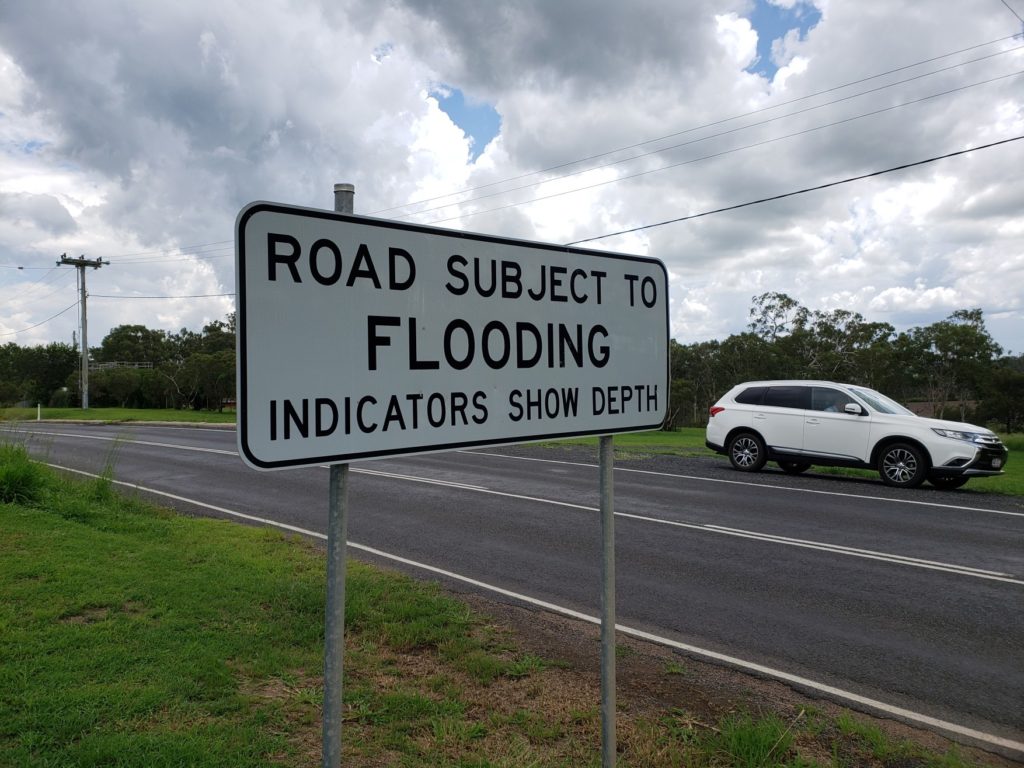
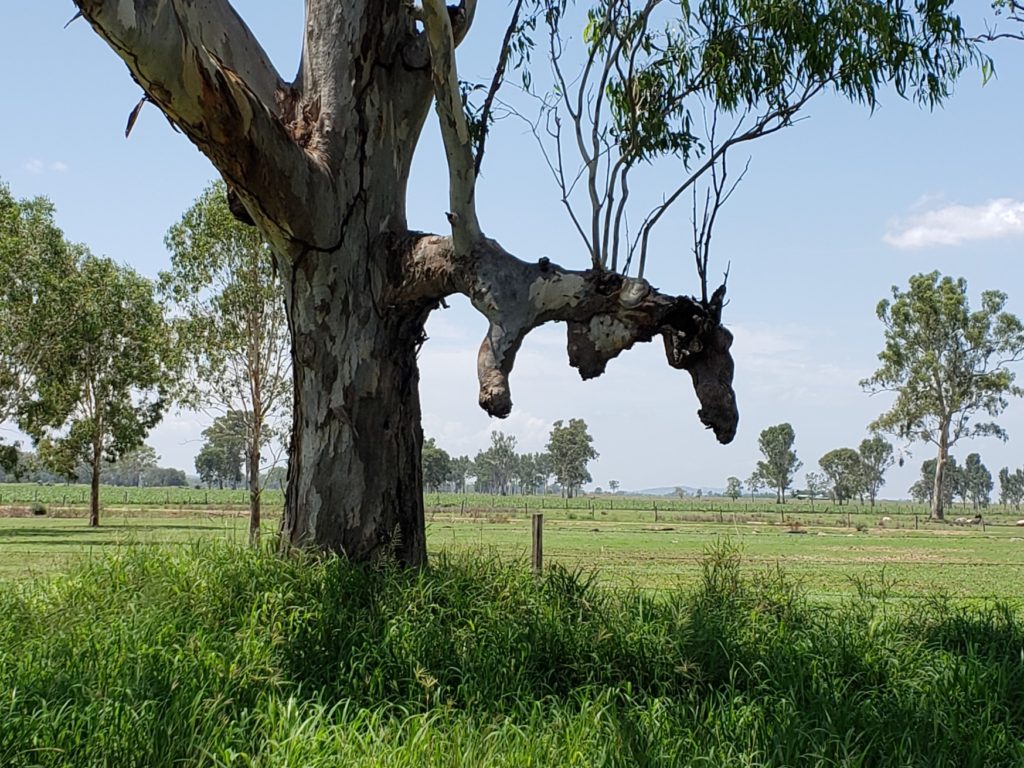

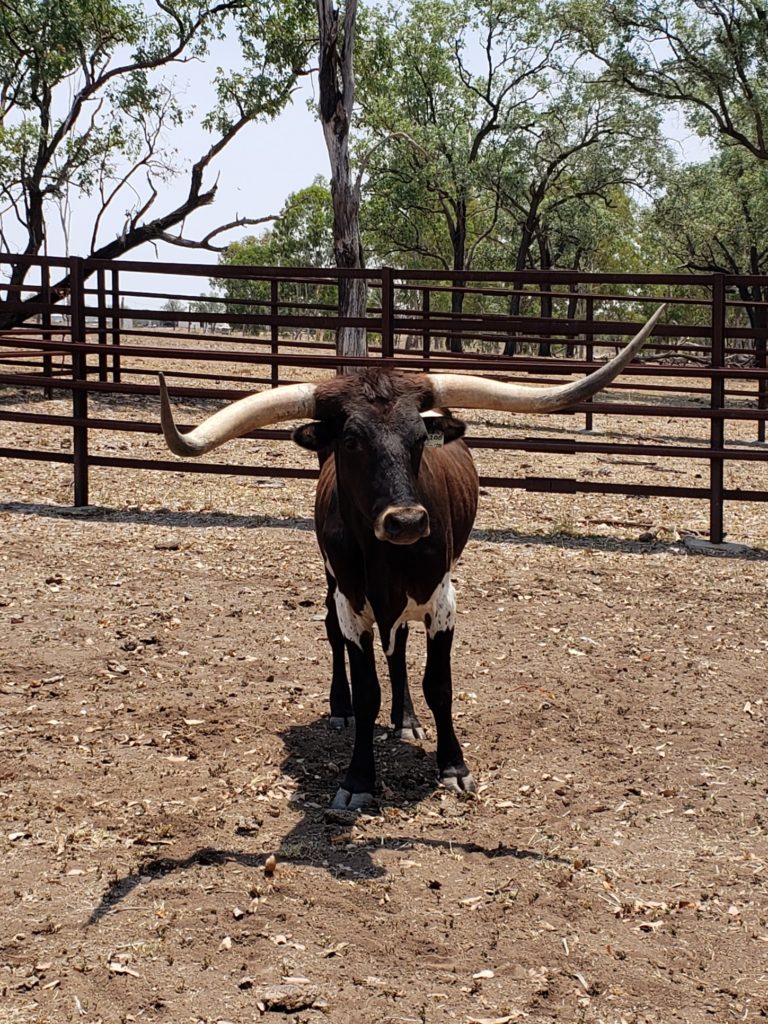
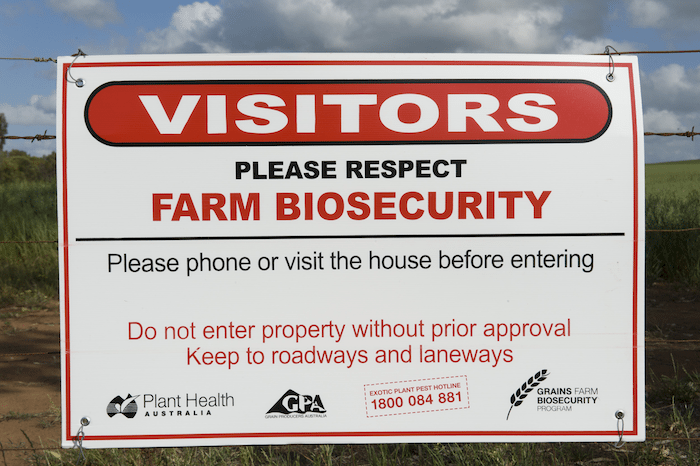
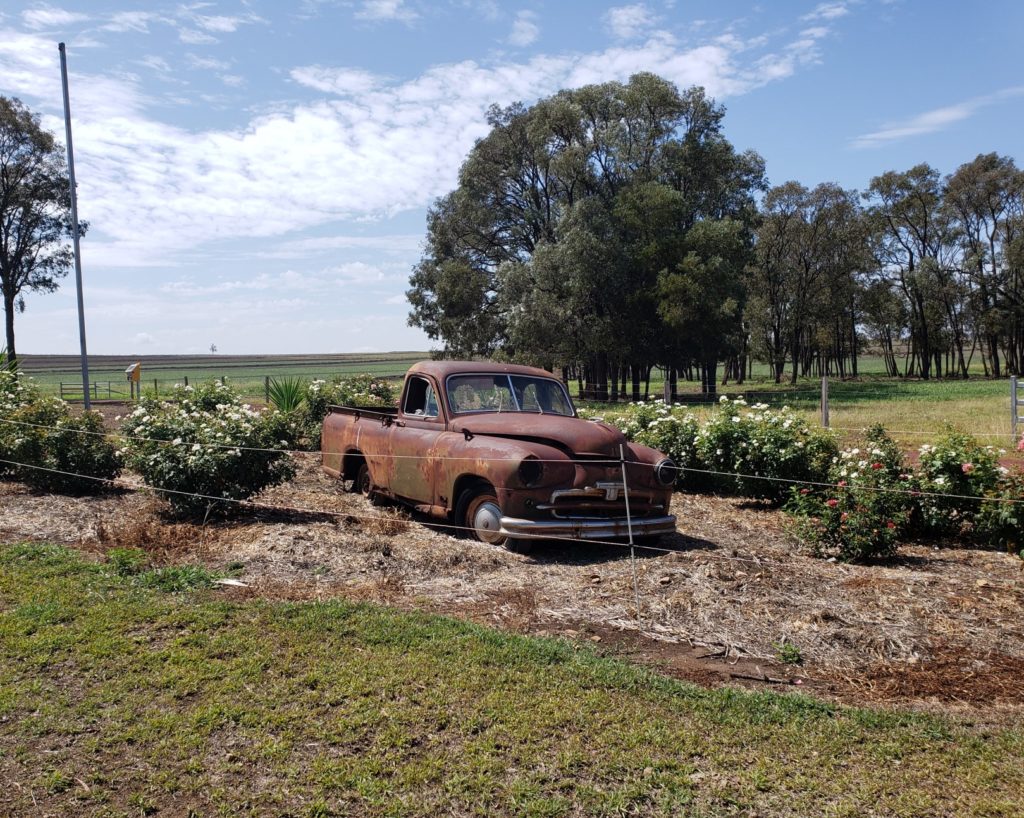

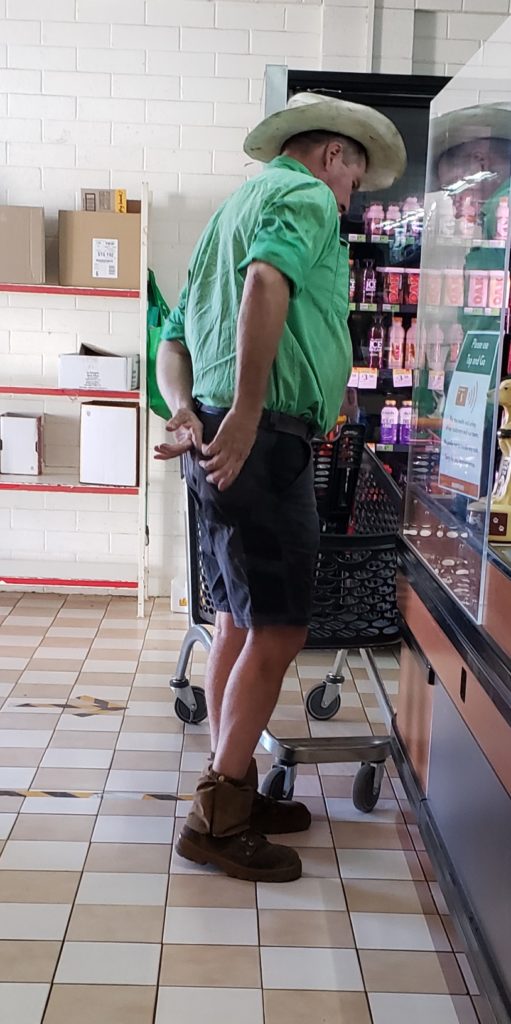
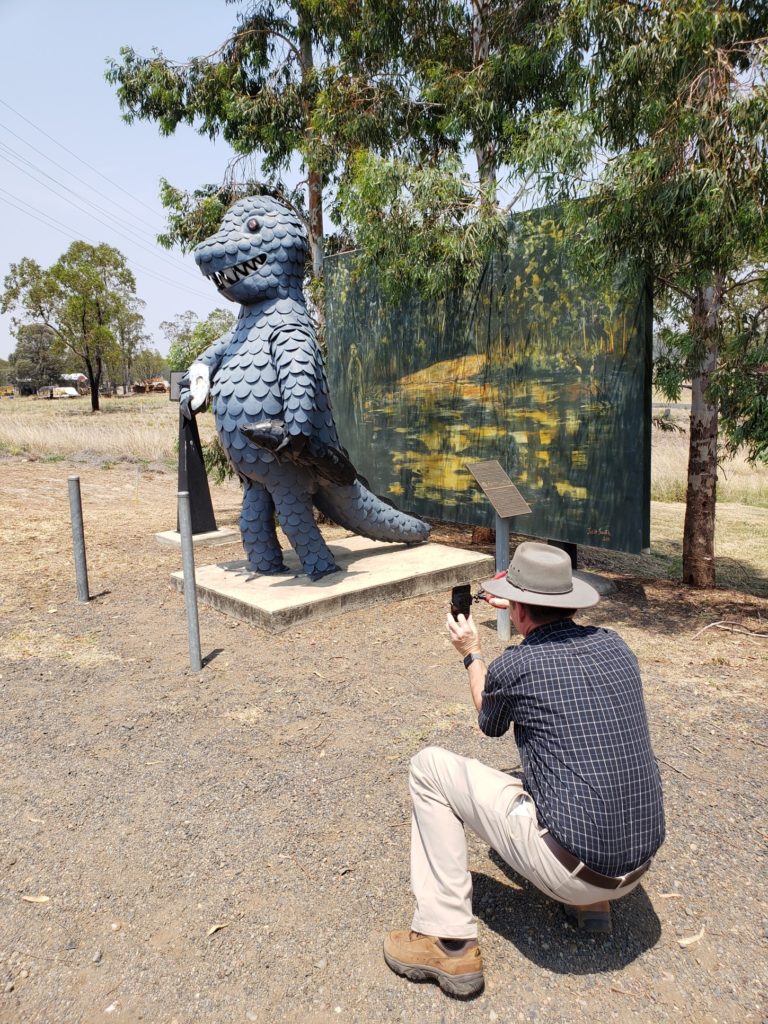
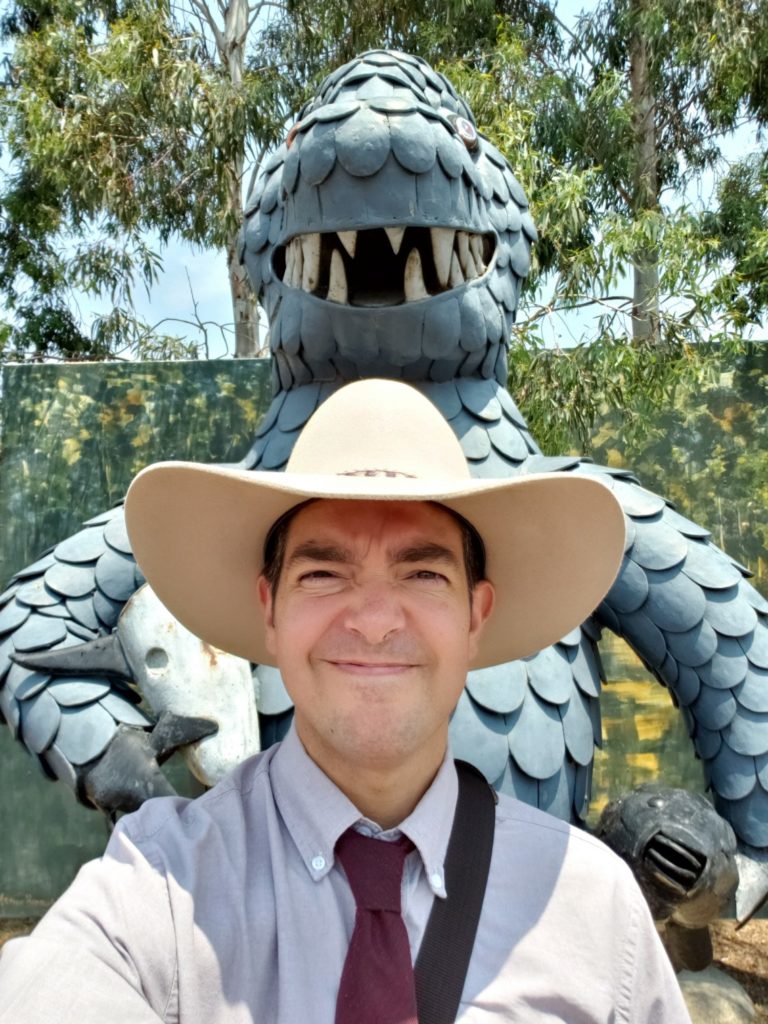
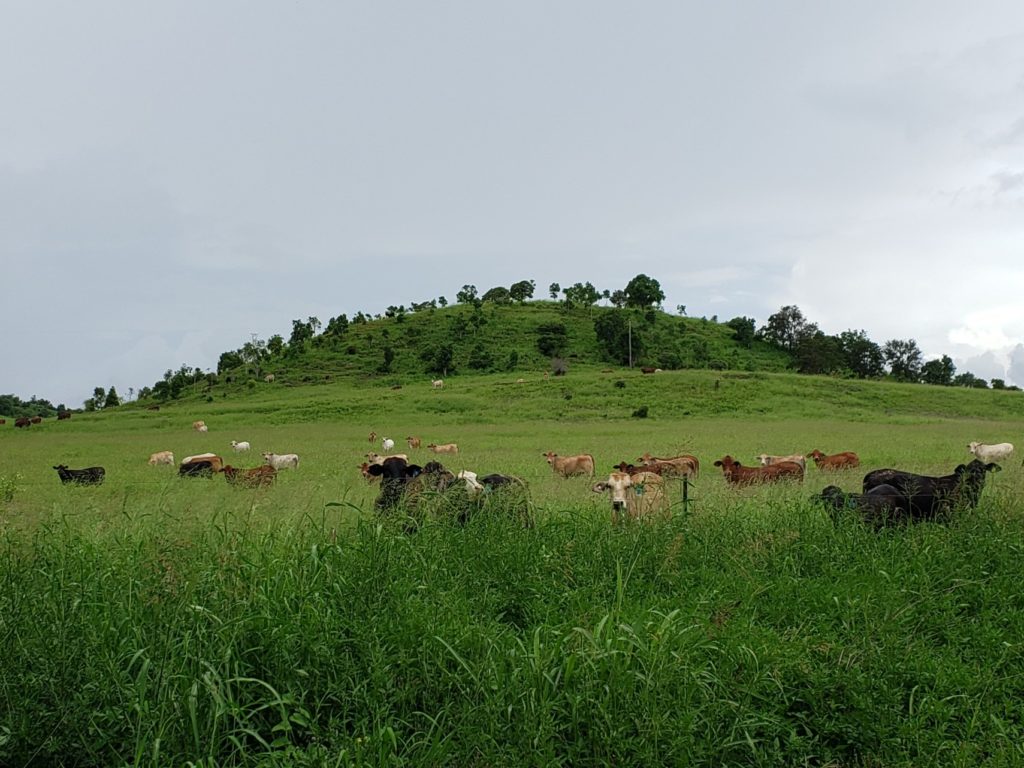

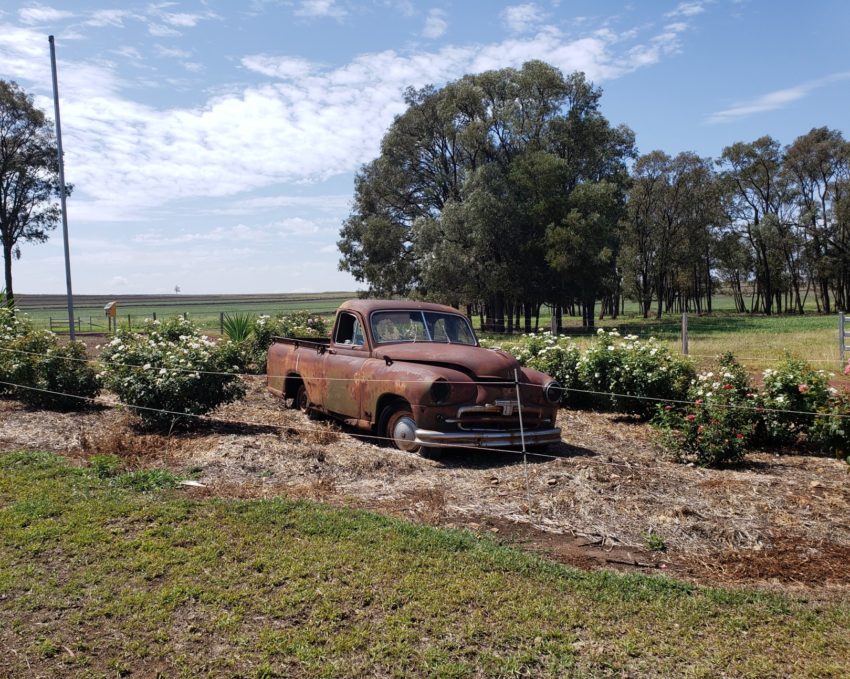

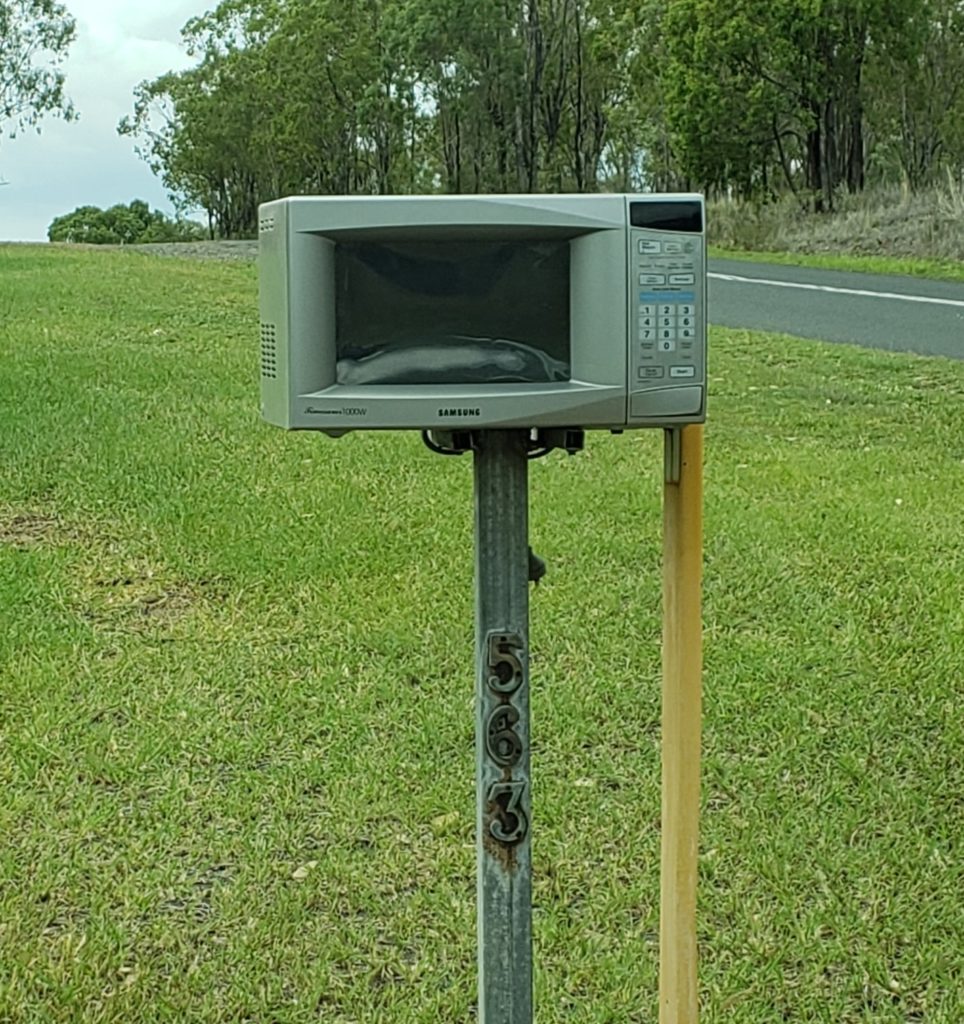
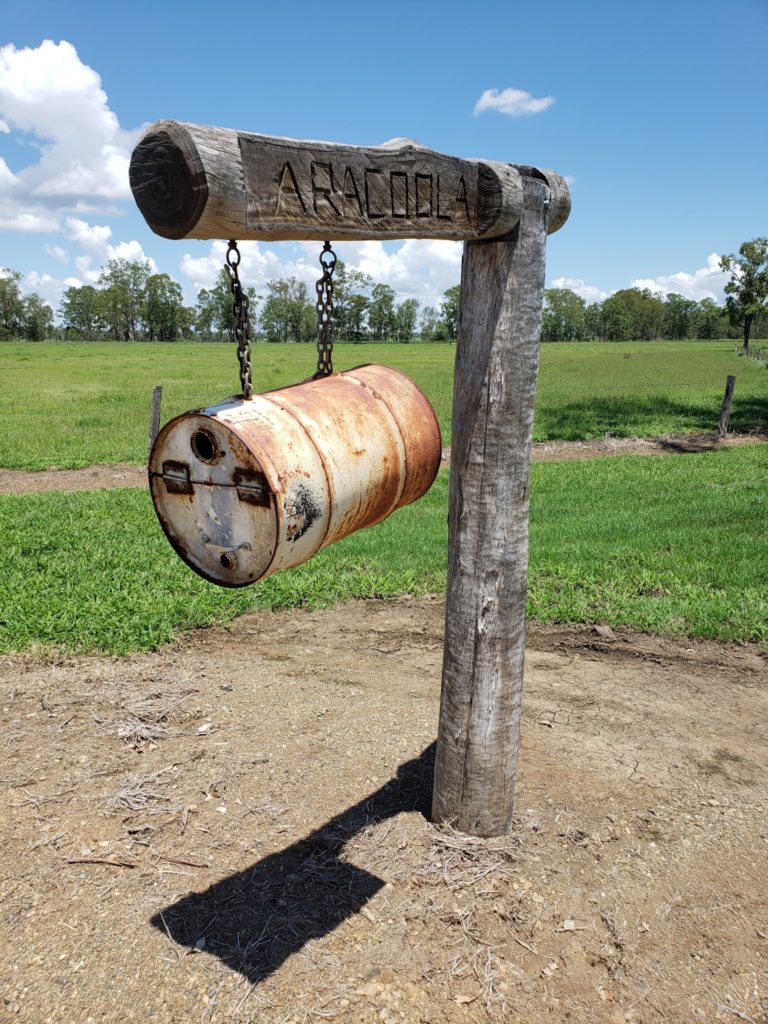
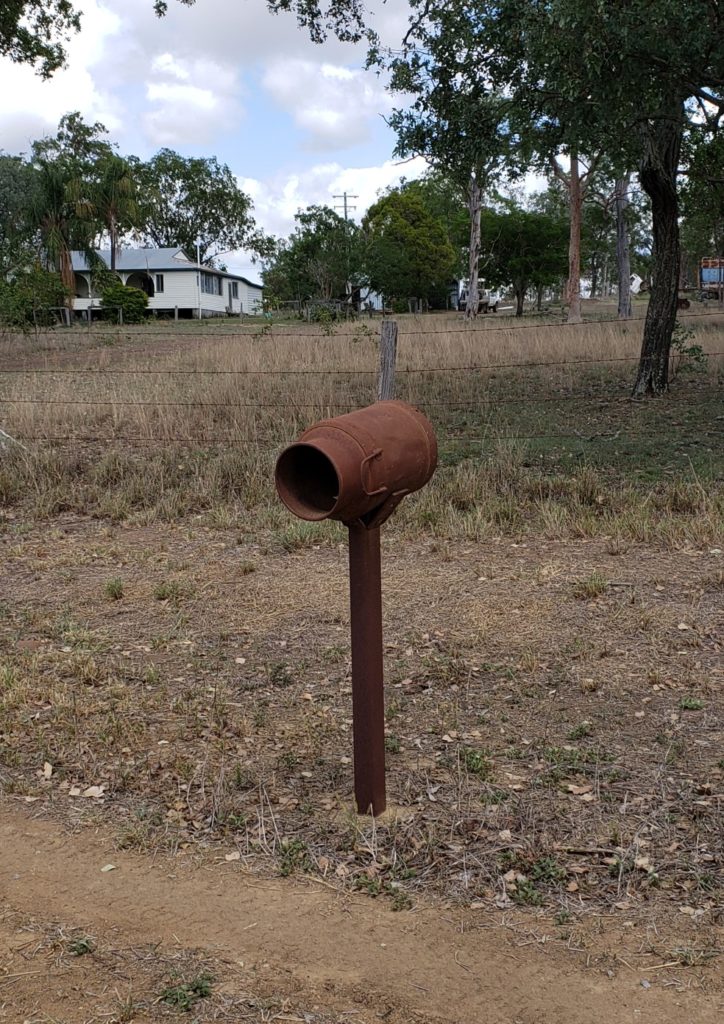
Hey,
I am curious. Did Grandpa often like to watch westerns? I obviously remember Grandma always watching them, but have no particular memory of Grandpa watching them. But he was not with us as much as you, so perhaps he just never got to pick what we watched with us.
Thanks
That’s a question for my mom! Westerns were always on, but i think Grandma was less adventurous with what she watched and stuck to westerns, whereas grandpa liked all kinds of things. I guess my main memory was westerns when I was young and then Murder She Wrote and Wheel of Fortune when I got older!